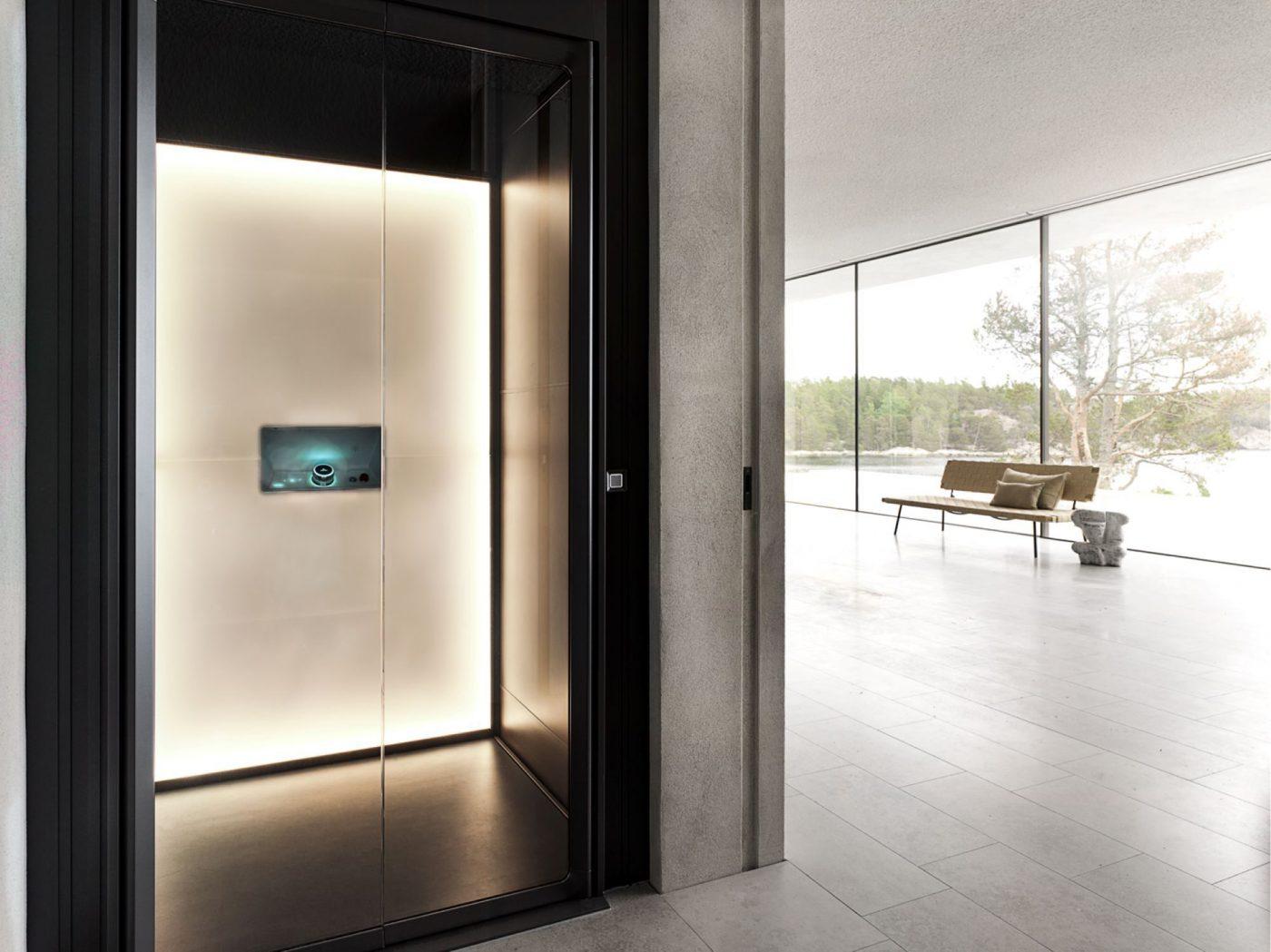Exploring the World of Lifts: Common Concerns Dealt With by Numerous Lift Systems
As we navigate via the vertical transport systems of contemporary structures, lifts stand out as an important part of our everyday lives. From hydraulic lifts to grip systems and machine-room-less designs, each lift type comes with its set of typical concerns.
Hydraulic Lifts
Hydraulic lifts, frequently liked for low-rise structures, make use of fluid stress to control the activity of the elevator automobile (lift repair companies). This device entails a hydraulic pump pressing oil right into a cylinder, causing the lift to relocate the desired direction. While hydraulic elevators are known for their peaceful and smooth procedure, they do include their very own set of common issues
One common problem with hydraulic lifts is oil leak. Furthermore, problems with the control system, such as faulty valves or a malfunctioning pump, can cause disturbances in the lift's motion.
Regular upkeep and timely fixings are important to ensure the smooth performance of hydraulic lifts. By attending to these common concerns proactively, building proprietors can lessen downtime and guarantee the safety and performance of their vertical transportation system.
Grip Lifts
When thinking about vertical transport systems in buildings, an additional typical type other than hydraulic elevators is the traction lift. Grip elevators run using a system of ropes and weights that relocate the elevator auto by clutching onto the hoist ropes. This mechanism allows for smoother and much faster vertical transportation compared to hydraulic systems.
Among the typical problems encountered by traction lifts is rope wear. The continuous activity of the ropes within the traction system can bring about tear and put on with time, potentially creating the elevator to breakdown or become dangerous for use. Regular examinations and maintenance of the ropes are vital to guarantee the lift's proper functioning and safety and security.
An additional problem that grip elevators may come across is connected to the control system. Issues with the control system can bring about problems such as irregular movement, delays in action times, and even complete shutdowns. Normal testing and upkeep of the control system are critical to stop such problems and make certain the elevator's dependability.
Machine-Room-Less (MRL) Elevators

One of the crucial elements of MRL lifts is the small gearless traction equipment that is set up within the hoistway. This machine successfully drives the elevator car without the demand for large tools discovered in traditional grip elevators. Furthermore, MRL elevators typically utilize a counterweight system to stabilize the vehicle, more boosting their power effectiveness.
In spite of their benefits, MRL lifts may deal with obstacles connected to maintenance and repair work as a result of the confined additional resources space for devices setup. Accessibility for servicing components within the shaft can be restricted, requiring specialized training for service technicians. Correct upkeep schedules and regular evaluations are vital to make certain the continued smooth operation of MRL elevators.
Overloading and Weight Limit Issues
Overloading and weight restriction concerns are essential problems in lift operations. Lift suppliers layout raises with particular weight capacities to ensure guest security and devices longevity.
When lifts are strained, it places excessive strain on the electric motor, cords, and other elements, potentially causing breakdowns or failures. If they find excess weight, security devices such as sensors and overload sensing units are in place to stop lifts from moving. Furthermore, exceeding weight restrictions can result in enhanced energy intake and wear and tear on the lift system.
To mitigate overwhelming issues, developing managers must prominently present weight limits in elevators and enlighten occupants on the value of adhering to these limitations - lift repair companies. Normal maintenance checks by certified specialists can additionally aid ensure that lifts are running within safe weight specifications. By resolving overloading and weight restriction issues proactively, building proprietors can boost elevator security and performance
Electrical System Failings
Exceeding weight limitations in lifts can not just lead to mechanical issues however additionally possibly contribute to electric system failings within the lift infrastructure. Electrical system failures are a critical concern in elevator operation, as they can create unexpected shutdowns, malfunctions, and even safety and security threats. One common electrical issue is the overheating of elements because of too much existing circulation brought on by straining the lift past its ability. This can lead to damage to the wiring, motor, or control systems, causing pricey repairs and downtime.
Additionally, power surges or fluctuations in the electric supply can likewise interrupt the elevator's procedure, impacting its performance and safety. These electric disturbances can damage delicate elevator parts such as control board, circuit boards, or sensors, bring about system failings. Regular upkeep and assessments are their explanation important to identify and resolve potential electrical problems immediately, ensuring the secure and effective operation of lift systems. By sticking to weight limitations and performing routine electric system checks, building proprietors can reduce the threat of electrical failings in elevators.
Verdict

Hydraulic lifts, typically preferred for low-rise structures, utilize fluid stress to control the motion of the elevator auto.When thinking about upright transportation systems in structures, another usual type aside from hydraulic lifts is the traction lift. Traction elevators run utilizing a system of ropes and weights that move the lift vehicle by clutching onto the hoist ropes. Unlike traditional lifts that require a different equipment room to house the devices, MRL lifts integrate most of the parts within the shaft, eliminating the requirement for a dedicated maker area.In conclusion, elevators deal with usual issues such as hydraulic malfunctions, grip system failings, and electric system issues.